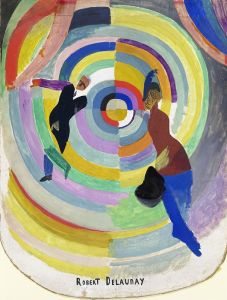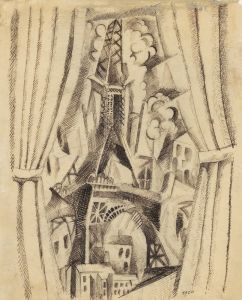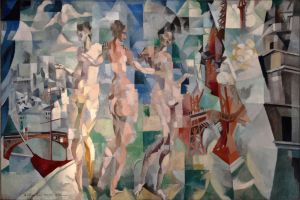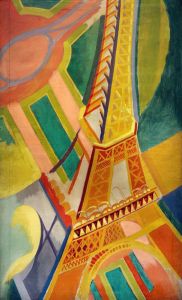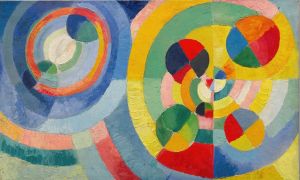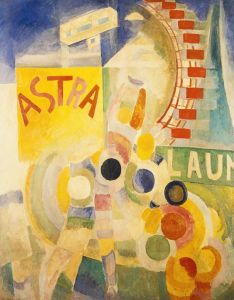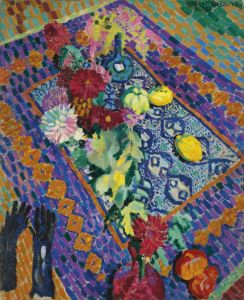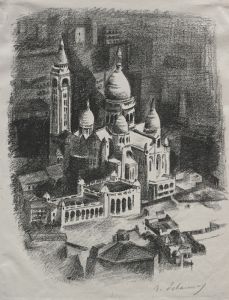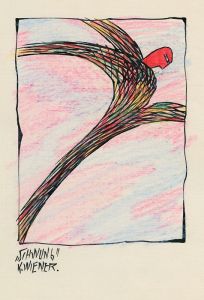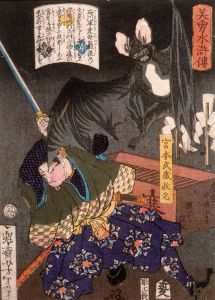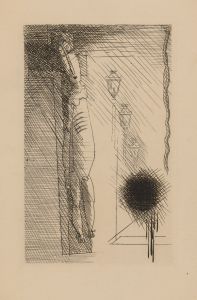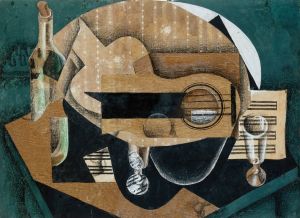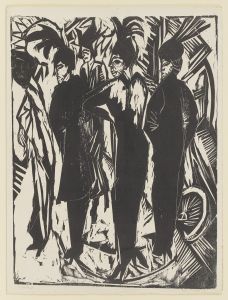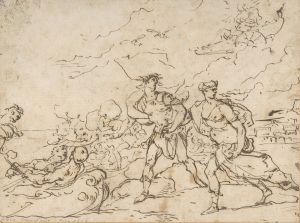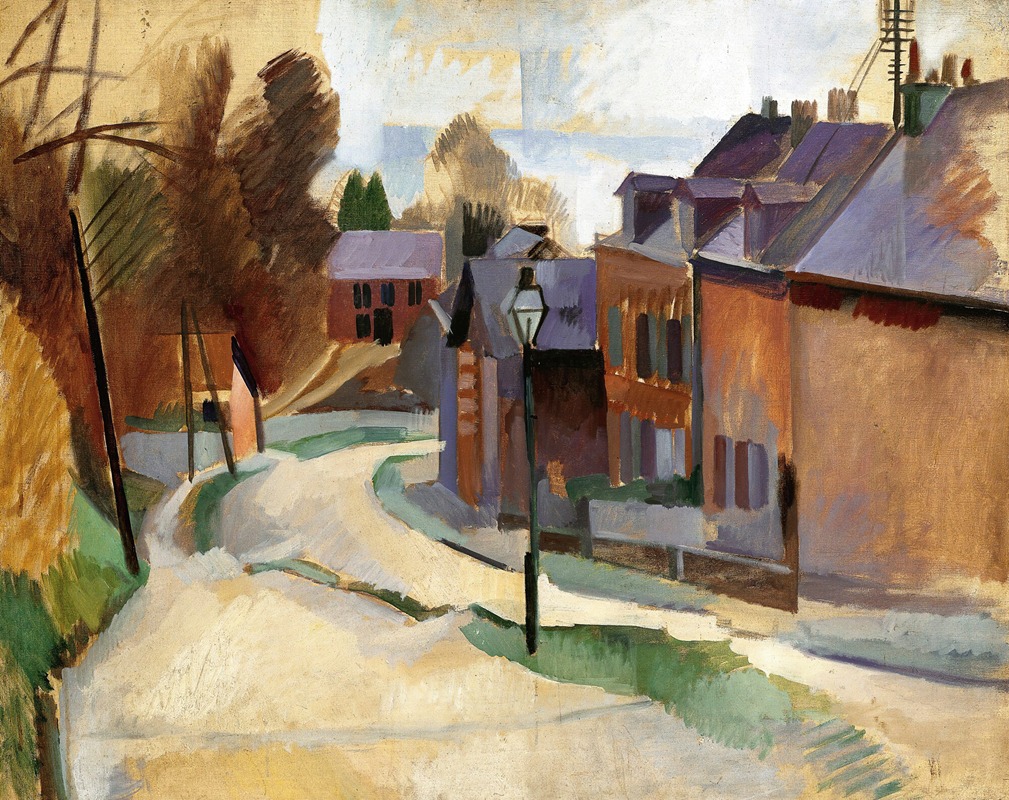
Route De Laon
A hand-painted replica of Robert Delaunay’s masterpiece Route De Laon, meticulously crafted by professional artists to capture the true essence of the original. Each piece is created with museum-quality canvas and rare mineral pigments, carefully painted by experienced artists with delicate brushstrokes and rich, layered colors to perfectly recreate the texture of the original artwork. Unlike machine-printed reproductions, this hand-painted version brings the painting to life, infused with the artist’s emotions and skill in every stroke. Whether for personal collection or home decoration, it instantly elevates the artistic atmosphere of any space.
"Route De Laon" is a painting by the French artist Robert Delaunay, a prominent figure in the early 20th-century art movement known as Orphism. Delaunay, born in 1885 in Paris, was known for his innovative use of color and his exploration of the dynamic interplay between form and light. His work often focused on the visual effects of color and the rhythmic, almost musical, qualities of painting.
The painting "Route De Laon" was created during a period when Delaunay was deeply engaged with the ideas of simultaneity and the fragmentation of form, which were central to the Orphism movement. Orphism, a term coined by the poet Guillaume Apollinaire, emphasized the lyrical and abstract qualities of painting, drawing inspiration from music and the concept of color harmony.
Delaunay's work during this period was characterized by a departure from the representational and a move towards abstraction. He was influenced by the technological advancements and the rapid modernization of the early 20th century, which is reflected in his dynamic compositions and vibrant color palettes. "Route De Laon" exemplifies these characteristics, showcasing Delaunay's interest in capturing the essence of movement and the passage of time through the use of color and form.
The painting is notable for its use of bold, contrasting colors and geometric shapes, which create a sense of depth and movement. Delaunay's technique involved layering colors and shapes to build a composition that is both harmonious and dynamic. This approach was influenced by the scientific theories of color and perception that were being explored at the time, particularly the work of chemist Michel Eugène Chevreul and his color wheel theory.
"Route De Laon" reflects Delaunay's fascination with the urban landscape and the modern experience. The painting captures the energy and vitality of the city, a theme that was prevalent in much of his work. Delaunay often depicted scenes of Paris, including the Eiffel Tower and the bustling streets, as symbols of modernity and progress. Although "Route De Laon" specifically refers to a location, the painting transcends mere representation, focusing instead on the sensory experience of the viewer.
Delaunay's contribution to modern art extends beyond his paintings. He was an influential figure in the development of abstract art and had a significant impact on his contemporaries, including artists like Wassily Kandinsky and Paul Klee. His exploration of color theory and abstraction paved the way for future movements, such as Abstract Expressionism and Color Field painting.
In summary, "Route De Laon" is a testament to Robert Delaunay's innovative approach to painting and his role in the evolution of modern art. Through his use of color and form, Delaunay captured the spirit of his time, creating works that continue to resonate with audiences today. His legacy is marked by his ability to transform the visual language of painting, making him a pivotal figure in the history of art.





